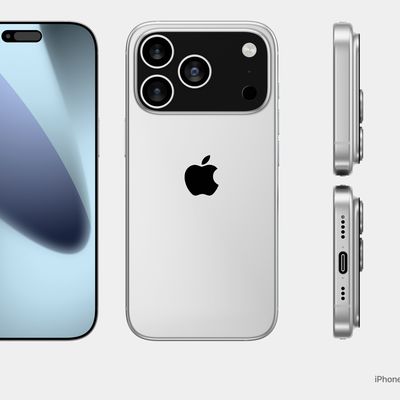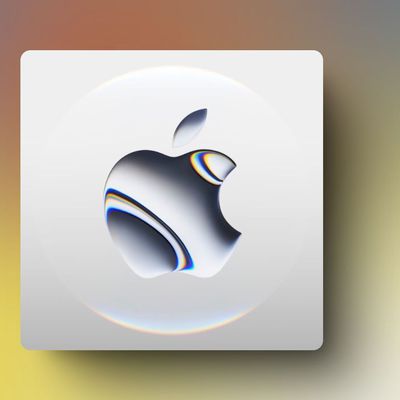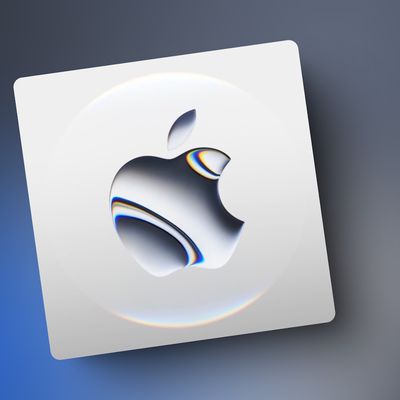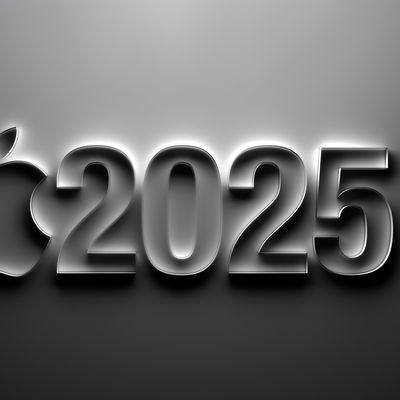Apple TV's A5 Chip Includes Surprise Die Shrink to 32nm [Updated: Same Chip Found in iPad 2]
While the new 1080p-capable Apple TV has been available for nearly a month, Chipworks has now gotten around to tearing down the device's custom A5 system-on-a-chip, discovering with some surprise that the chip is actually a new design from Apple using a die shrink from the 45-nm process used in the A5 of the iPhone 4S to a new 32-nm process. The teardown also reveals what many had suspected: that the "single-core" A5 advertised by Apple for the new Apple TV is actually a standard dual-core chip with one of its cores disabled.
The new A5 processor die is not a single core processor, but contains a dual core processor. Either Apple is only utilizing one core or they are binning parts. Parts binning is a common process in semiconductors where devices are segregated (binned) based on meeting a subset of the overall requirements, in this case they could disable the “bad” core, this increases the usable die per wafer, lowering the cost.
As for the die shrink on the Apple TV's A5, the development raises question about why Apple made the investment in such changes to the A5 for a relatively low volume device like the Apple TV. Despite the benefits of a die shrink, the cost of implementing it for the Apple TV alone would not be inconsequential.
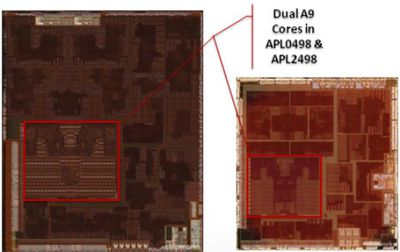 Dual ARM cores from iPhone 4S A5 chip (left) and Apple TV A5 chip (right)
Dual ARM cores from iPhone 4S A5 chip (left) and Apple TV A5 chip (right)The new A5 measures nearly 41% smaller than its predecessor, coming in at 69.6 mm². Process shrinking not only reduce costs by fitting more dies on a wafer, but it also improves performance and lowers power consumption. This is a very complex chip for a relatively low volume part (for Apple); one would think they have greater plans for this new A5 variant.
Even the A5X used in the new iPad is manufactured using 45-nm processes, making the Apple TV the company's first iOS device to move to the smaller and more efficient 32-nm process.
Update: Chipworks has now updated its report to note that the 32-nm A5 is also showing up in the latest models of the iPad 2. The observation makes it clear that Apple is using the lower-volume models as a testing ground for the more efficient 32-nm processes, with fully-functional dual-core chips landing in the iPad 2 while the Apple TV receives single-core chips with either one core intentionally disabled or one defective core.
(Thanks, @anexanhume!)
Popular Stories
Apple today introduced the iPhone 16e, its newest entry-level smartphone. The device succeeds the third-generation iPhone SE, which has now been discontinued.
The iPhone 16e features a larger 6.1-inch OLED display, up from a 4.7-inch LCD on the iPhone SE. The display has a notch for Face ID, and this means that Apple no longer sells any iPhones with a Touch ID fingerprint button, marking the ...
Over the years, Apple has switched from an aluminum frame to a stainless steel frame to a titanium frame for its highest-end iPhones. And now, it has been rumored that Apple will go back to using aluminum for three out of four iPhone 17 models.
In an investor note with research firm GF Securities, obtained by MacRumors this week, Apple supply chain analyst Jeff Pu said the iPhone 17, iPhone...
Now that Apple has announced its new more affordable iPhone 16e, our thoughts turn to what else we are expecting from the company this spring.
There are three product categories that we are definitely expecting to get upgraded before spring has ended. Keep reading to learn what they are. If we're lucky, Apple might make a surprise announcement about a completely new product category.
M4...
Apple is set to "significantly change" the iPhone's design language later this year, according to a Weibo leaker.
In a new post, the user known "Digital Chat Station" said that the iPhone's design is "starting to change significantly" this year. The "iPhone 17 Air" reportedly features a "horizontal, bar-shaped" design on the rear, likely referring to an elongated camera bump. On the other...
Wednesday February 19, 2025 11:38 am PST by
Juli CloverFollowing the launch of the iPhone 16e, Apple updated its iOS 18, iPadOS 18, and macOS Sequoia pages to give a narrower timeline on when the next updates are set to launch.
All three pages now state that new Apple Intelligence features and languages will launch in early April, an update from the more broader April timeframe that Apple provided before. The next major point updates will be iOS ...
In a social media post today, Apple CEO Tim Cook teased an upcoming "launch" of some kind scheduled for Wednesday, February 19.
"Get ready to meet the newest member of the family," he said, with an #AppleLaunch hashtag.
The post includes a short video with an animated Apple logo inside a circle.
Cook did not provide an exact time for the launch, or share any other specific details, so...
The first iOS 18.4 beta for iPhones should be just around the corner, and the update is expected to include many new features and changes.
Bloomberg's Mark Gurman expects the iOS 18.4 beta to be released by next week.
Below, we outline what to expect from iOS 18.4 so far.
Apple Intelligence for Siri
Siri is expected to get several enhancements powered by Apple Intelligence on iOS...
Apple released the HomePod mini in November 2020, followed by the AirTag in May 2021, and both still remain first-generation products.
Fortunately, rumors suggest that both the HomePod mini and the AirTag will finally be updated at some point this year.
Below, we recap rumors about the HomePod mini 2 and AirTag 2.
HomePod mini 2
In January 2025, Bloomberg's Mark Gurman said Apple is ...




